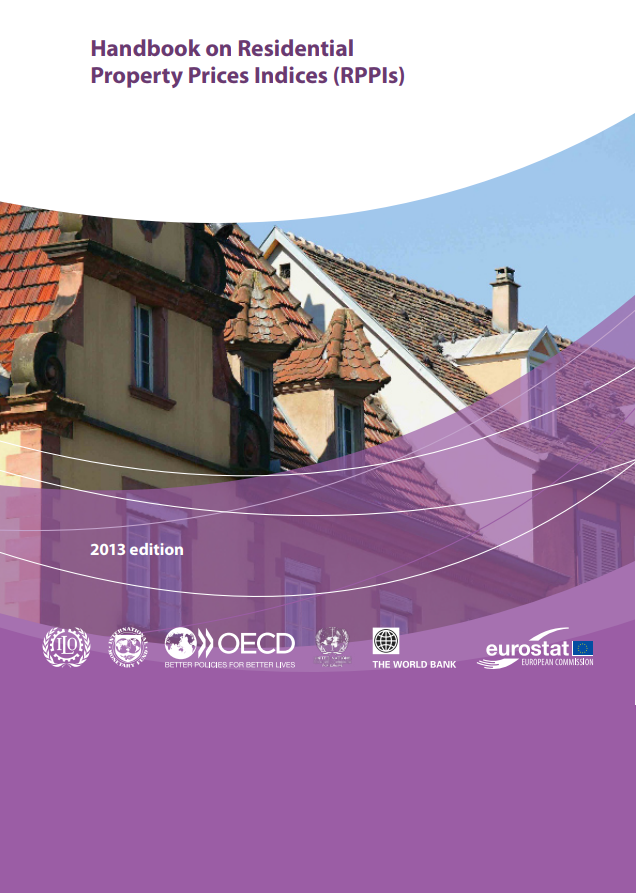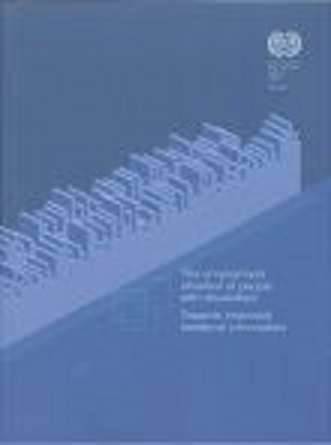
Measuring informality: A statistical manual on the informal sector and informal employment
This manual is intended for national statistical offices and other producers of statistics planning programmes to produce statistics on the informal sector and informal employment. The manual provides technical guidance on implementing international standards, presenting alternative measurement methodologies along with examples based on national experience, and includes guidelines for the dissemination of statistics on the informal sector and informal employment.



